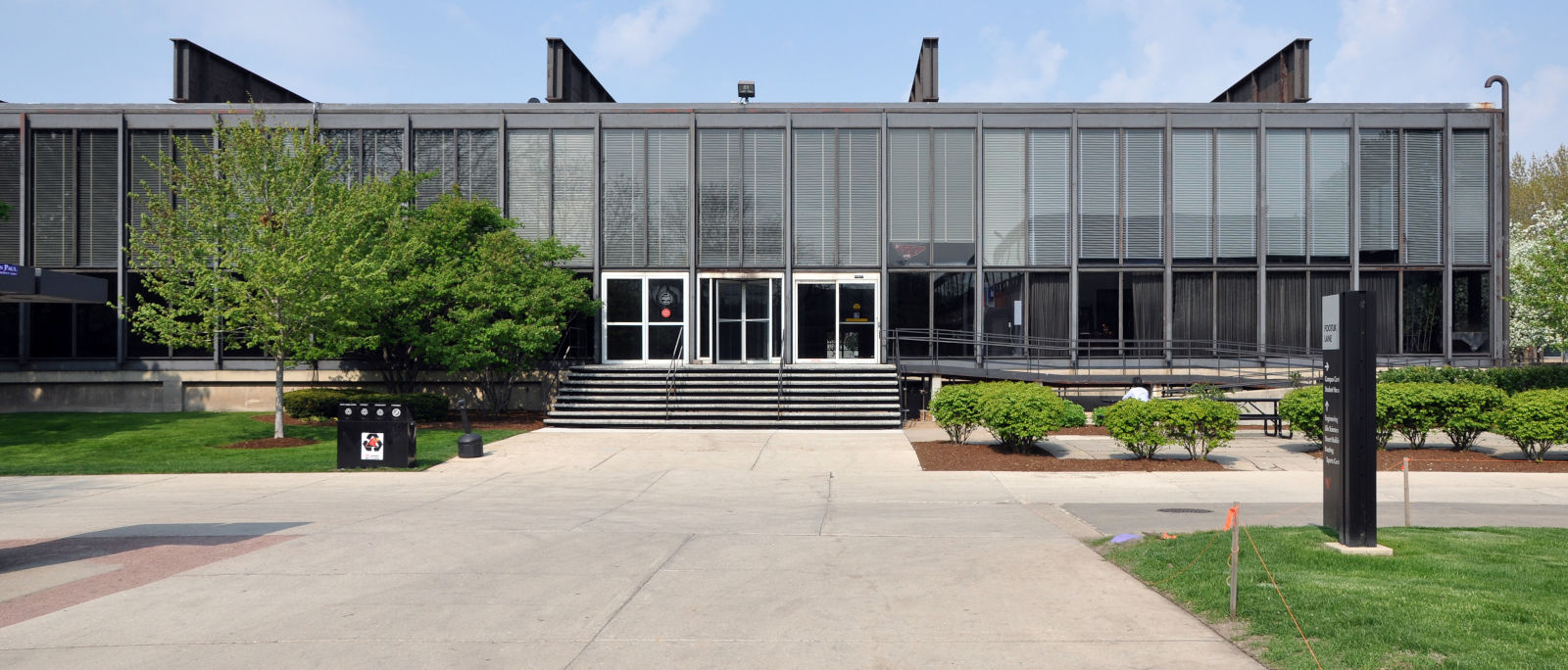Herman Hall
Chicago Building ID: 256427

Attribution:
Image Source
. Cropped from original.
Building Info
- Square Footage
- 111,135 sqft0.8x median139,707 sqft0.9x median College/University119,629 sqft
- Built
- 1962
- Primary Property Type
- College/University
- Community Area
- Douglas
-
Chicago Energy Rating
- 1.0 / 4
- Owner
Note: Owner manually tagged. Logo used under fair use.
Emissions & Energy Information for 2021
- Greenhouse Gas Intensity
- 88.9 kg CO2e / sqft14x median6.4 kg CO2e / sqft11x median College/University8.4 kg CO2e / sqft
- Total Greenhouse Gas Emissions
- 9,883.9 metric tons CO2 eq.11x median885.8 metric tons CO2 eq.10x median College/University952.6 metric tons CO2 eq.
- Source Energy Usage Intensity
- 1,546.9 kBtu / sqft12x median132.2 kBtu / sqft9x median College/University173.4 kBtu / sqft
- Site Energy Usage Intensity
- 1,632.9 kBtu / sqft21x median78.4 kBtu / sqft18x median College/University93.1 kBtu / sqft
- Natural Gas Use
- 76,955.1 kBtuEst. Gas Bill: $900 for 2021**1/76 median5,818,399.6 kBtu1/63 median College/University4,847,201 kBtu
- Electricity Use
- 2,373,953.6 kBtuEst. Electric Bill: $99,000 for 2021**0.6x median3,796,376.7 kBtu1/2 median College/University4,940,922.2 kBtu
- District Steam Use
- 7,770,781 kBtu
Most buildings don't use district steam, so we don't currently have comparison data.
- District Chilled Water Use
- 171,247,228.9 kBtu
Most buildings don't use district chilling, so we don't currently have comparison data.
Historical Data
| Year | Floor Area sqft |
Chicago Energy Rating | GHG Intensity kg CO2e / sqft | GHG Emissions metric tons CO2e | Source EUI kBTU / sqft | Electricity Use kBTU | Natural Gas Use kBTU | District Steam Use kBTU |
|---|---|---|---|---|---|---|---|---|
| 2019 | 111,135 | 1.0 | 80.5 | 8,943.5 | 1393.7 | 2,894,669 | 190,220 | 11,451,406 |
| 2020 | 111,135 | 1.0 | 89.2 | 9,912.1 | 1546.2 | 2,088,809 | 62,278 | 7,923,441 |
| 2021 | 111,135 | 1.0 | 88.9 | 9,883.9 | 1546.9 | 2,373,953 | 76,955 | 7,770,781 |
* Note on Rankings: Rankings and medians are among included buildings, which are those who reported under the Chicago Energy Benchmarking Ordinance for the year 2022, which only applies to buildings over 50,000 square feet.
** Note on Bill Estimates:
Estimates for gas and electric bills are based on average electric and gas retail
prices for Chicago in 2021 and are rounded. We expect large buildings
would negotiate lower rates with utilities, but these estimates serve as an upper bound of
cost and help understand the volume of energy a building is used by comparing it to your own
energy bills!
See our
Chicago Gas & Electric Costs Source
for the original statistics.
Data Source:
Chicago Energy Benchmarking Data
What Should We Do About This?
Practically every building has room to improve with energy efficiency upgrades like insulation, switching to ENERGY STAR rated appliances, and more, but for any buildings with large natural gas use, we recommend one thing: electrify!
In other words,
buildings should look to move all on-site uses of fossil fuels (including
space heating, water heating, and cooking) to electrically powered systems like
industrial grade heat pumps, heat pump water heaters, and induction stoves. With Illinois'
current electric supply, just using the same amount of energy from electricity, rather
than natural gas (aka methane) will dramatically reduce greenhouse gas emissions.
This is because Illinois' grid in 2020 was already 67% carbon-free
(see Illinois - Power | DecarbMyState ).
This has already been done across the country with a variety of buildings, large and
small, like the
Hotel Marcel
.
You can help make this a reality by talking to building owners and letting them know that a building's emissions are important to you, and that you want to see their building become fully electric and stop emitting greenhouse gases. Particularly for buildings you have a financial stake in (like your university, work, condo building, or apartment building) your voice in concert with your fellow building users can have a huge impact.
Additional Resources
See some additional resources on improving energy efficiency and understanding this data: